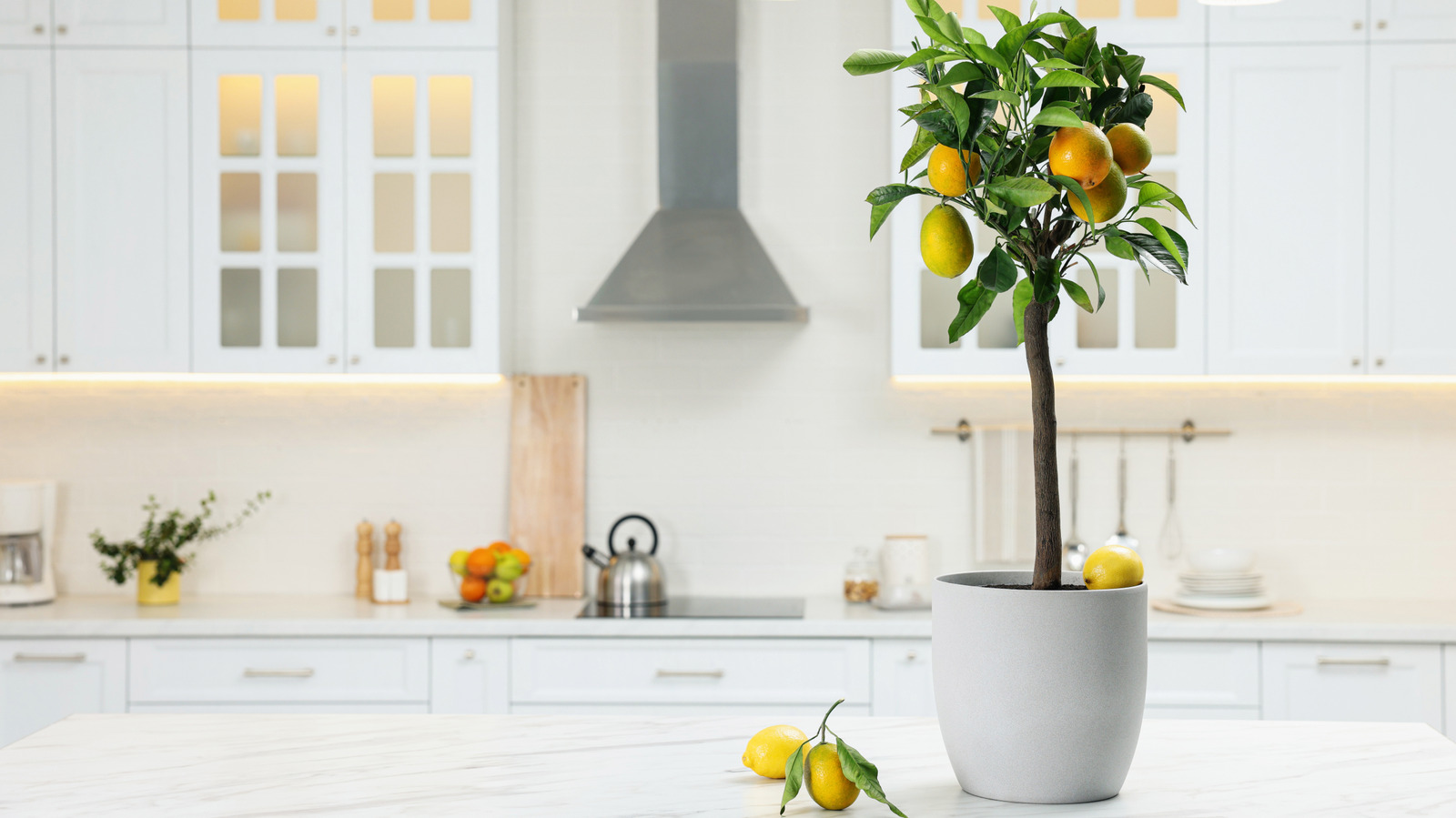
"While some fruit tree varieties are beginner-friendly, most require consistent watering, fertilizing, pruning, and managing pests. Lemon trees are subtropical plants, so it can be hard to grow these trees outdoors year-round if you live in a climate that gets cold weather or overnight frosts. According to the USDA, the best regions for outdoor lemon trees are zones nine through 11."
"However, it's easier than you think to grow a lemon tree indoors, and you can do so in pretty much any climate as long as you don't keep your home at near-freezing temperatures. The best types of lemons to grow indoors are Dwarf varieties like Meyer, Improved Meyer, Ponderosa, Eureka, or Variegated Pink lemon trees. These varieties are smaller and can be grown in pots or large containers."
"Fertilize it with a specialty citrus tree fertilizer or an all-purpose variety that is rich in micronutrients. You will also need to use a pot that has drainage holes so that your tree won't develop root rot. Terracotta pots are ideal for indoor lemon trees as they can wick away excess moisture from the tree's roots. Start with a pot that is just slightly larger than the size of the tree's root ball, and move your tree to a larger pot as it grows."
"Most plant parent know you don't want to ever let the soil in the pot get completely dry. Check the soil for dryness every two or three days and water your tree whenever the top few inches of soil feel dry. Your tree will also need at least six to eight hours of direct sunlight each day. If possible, place the pot in front of a south-facing window. If you can't do that, you can buy a grow light, like this Yadoker full-spectrum"
Lemon trees are subtropical and thrive outdoors in USDA zones 9–11, but they can be grown indoors in most climates if temperatures stay above near-freezing. Dwarf varieties such as Meyer, Improved Meyer, Ponderosa, Eureka, and Variegated Pink are best for container growing because of their smaller size. Use well-draining soil like perlite/peat moss or coconut coir, and choose pots with drainage holes; terracotta pots help wick excess moisture. Fertilize with a citrus-specific or micronutrient-rich all-purpose fertilizer. Check soil every two to three days, water when the top inches are dry, and provide six to eight hours of direct sunlight or a grow light.
Read at Tasting Table
Unable to calculate read time
Collection
[
|
...
]